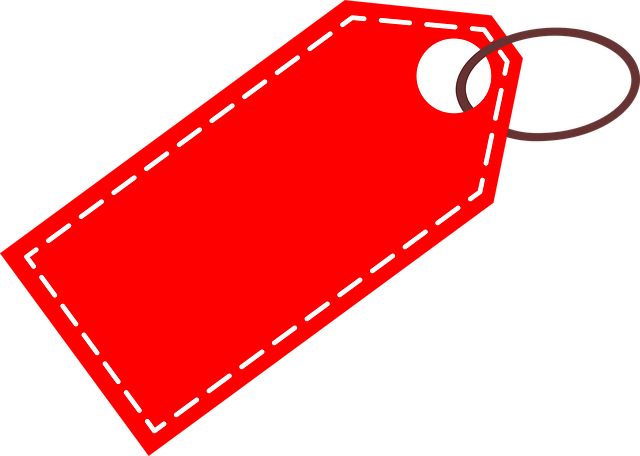Skin tags, those small, soft skin growths, can be a common concern. In this article, we explore a natural approach to their removal using tea tree oil, a powerful essential oil known for its antimicrobial and anti-inflammatory properties. From understanding the science behind skin tags to a detailed step-by-step guide and safety precautions, discover how tea tree oil can offer a gentle, effective solution for London Skin Tag Removal.
- Understanding Skin Tags and Tea Tree Oil
- The Benefits of Tea Tree Oil for Skin Tag Removal
- Step-by-Step Guide to Using Tea Tree Oil for Skin Tag Removal
- Precautions and Considerations When Using Tea Tree Oil
Understanding Skin Tags and Tea Tree Oil
Skin tags, also known as acrochordons, are small, soft skin growths that often appear on the neck, armpits, or groin area. They are generally harmless but can be unsightly and irritating for many individuals. While they typically don’t cause any medical concern, people often seek London Skin Tag Removal options due to cosmetic reasons.
Tea tree oil, a natural essential oil derived from the leaves of the Australian tea tree (Melaleuca alternifolia), has gained popularity as an alternative remedy for various skin issues, including skin tags. Its powerful antimicrobial and anti-inflammatory properties make it a promising candidate for safe and effective removal. When applied topically, tea tree oil can help reduce inflammation, inhibit bacterial growth, and potentially eliminate skin tags over time.
The Benefits of Tea Tree Oil for Skin Tag Removal
Tea tree oil, a natural extract sourced from the leaves of the Australian tea tree (Melaleuca alternifolia), has long been recognised for its antimicrobial and anti-inflammatory properties. These characteristics make it an effective remedy for various skin concerns, including skin tags. Skin tags are small, harmless growths that typically appear in creased areas like the neck, armpits, or groin. Traditional methods of removal can be painful and invasive, often involving medical procedures or topical creams with harsh chemicals.
In contrast, tea tree oil offers a gentle yet potent alternative for London skin tag removal. Its antimicrobial properties help to kill off the bacteria that sometimes accompany skin tags, while its anti-inflammatory nature soothes the affected area, reducing discomfort and potential skin irritation. Moreover, tea tree oil’s ability to promote cell turnover can aid in gently exfoliating the skin tag, encouraging its natural shedding over time.
Step-by-Step Guide to Using Tea Tree Oil for Skin Tag Removal
Using tea tree oil for skin tag removal is a simple and natural approach that many people in London are turning to. Here’s a step-by-step guide to help you incorporate this method into your skincare routine. First, ensure you have pure, undiluted tea tree oil. It’s potent and powerful, so a little goes a long way. Start by cleaning the skin tag and its surrounding area with warm water and a gentle cleanser. Pat dry thoroughly. Next, apply a few drops of tea tree oil directly to the skin tag using a cotton swab or your clean fingers. Gently massage it in for better absorption. Leave the oil on the skin tag for at least 30 minutes to allow it to penetrate and begin working its anti-inflammatory and antimicrobial magic. After the time has passed, gently wash off any residual oil with warm water. Repeat this process twice daily for best results. Be patient as it may take several weeks to notice a significant reduction in the skin tag’s size and appearance.
Precautions and Considerations When Using Tea Tree Oil
When considering using tea tree oil for skin tag removal, it’s crucial to approach this natural remedy with caution and an understanding of its potential effects. While tea tree oil is renowned for its antimicrobial and anti-inflammatory properties, making it a popular choice for various skin issues, it may not be suitable for everyone or every type of skin tag. It’s important to note that undiluted tea tree oil can be quite strong and may cause irritation or allergic reactions in sensitive individuals. Those with dry or delicate skin should exercise extra caution as the oil might exacerbate existing conditions.
Additionally, certain factors like sun sensitivity and potential drug interactions should be considered. After applying tea tree oil for skin tag removal, it’s advisable to avoid direct sunlight as it can increase the risk of skin irritation and photosensitivity. Moreover, if you’re taking any medications, consult with a healthcare professional before incorporating tea tree oil into your routine, especially if they are known to interact with essential oils. For those seeking London skin tag removal options, consulting a dermatologist is recommended to explore safer and more effective methods tailored to individual needs.
